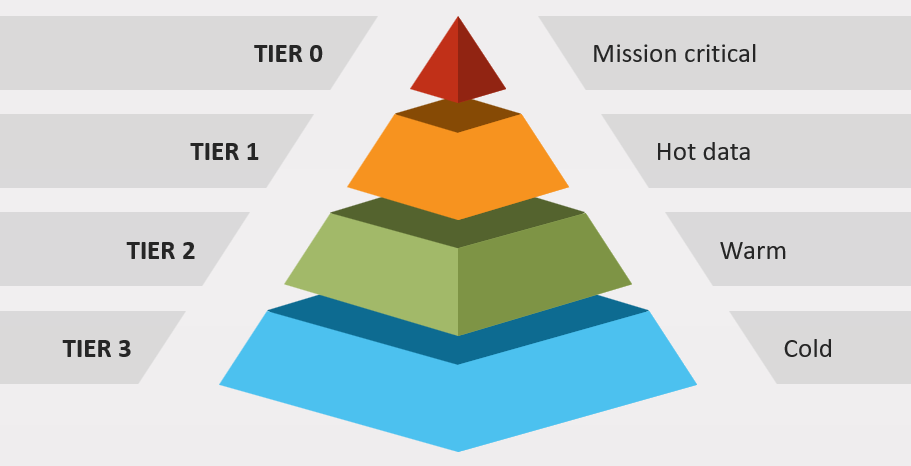
Intro
In today’s data-driven world, organizations with a decade or more of existence inevitably face the challenge of data restructuring, access rights optimization, and aligning data with the right storage tiers. While structured data management is relatively straightforward, unstructured data can often pose a perplexing challenge. We will explore the rationale behind investing effort into this endeavor and presents a practical example of achieving a more efficient data management strategies.
Is the Effort Worth It?
Consider a scenario: Your organization adopts or plans to transition to a Hyper-Converged Infrastructure (HCI) model, streamline backup management and etc. Upon closer inspection, you realize that your file servers are bulging with data, and recovery processes are unreasonably time-consuming. Strikingly, only 20% of the stored data is actively used. While the prospect of restructuring might seem daunting for a couple of file servers with a few terabytes of data, a different perspective emerges when dealing with a larger fleet of servers. In my own experience, involving around 30 servers with notable activity, the economic benefits were significant.
Understanding Storage Tiering
Storage tiers categorize data based on usage patterns and importance, ensuring optimal performance, cost-effectiveness, and compliance. Here’s a glimpse of typical storage tiers and their corresponding data categories:
| Tier | Data Category | Data description | Example storage media |
|---|---|---|---|
| 0 | Mission critical | Data that supports critical, high-performing workloads that cannot afford delays or disruptions in service | NVMe SSDs; RAM; Storage-class memory (Optane) |
| 1 | Hot Data | Data that is used continuously to maintain day-to-day business operations | SSDs; High-performing HDDs; Hybrid storage systems |
| 2 | Warm | Data that is accessed infrequently or not in constant use but might still be required on occasion | SATA HDDs; Backup appliances; Tape storage; Cloud storage |
| 3 | Cold | Data is rarely accessed or updated, if at all, or stored only for archival purposes | HDDs; Tape storage; Archive Cloud storage |
Execution
Considering that Microsoft file servers are prevalent in many enterprises, leveraging the File Server Resource Manager (FSRM) role can be used to perform necessary activities.
- Define Analysis: Set a key criterion for analysis, often the date of the last file access. (consider a 3-year threshold)
- Prepare for Migration: Create a designated warm/cold storage destination for data migration. Establish clear communication channels for users to ensure a smooth transition. Create backups.
- Execute Migration: Begin migrating data, can be performed by FSRM.
- Post Migration: Capture a full backup of source and destination. Configure read-only permissions. Communicate changes to users one more time.
Value
As on outcome of these activities you will get the next results:
- The hot tier houses a lean 20-30% of data, significantly improving recovery speed.
- The warm tier accommodates the remaining data.
- Decrease in backup activities
I wish you good luck in optimizing resources and costs.
